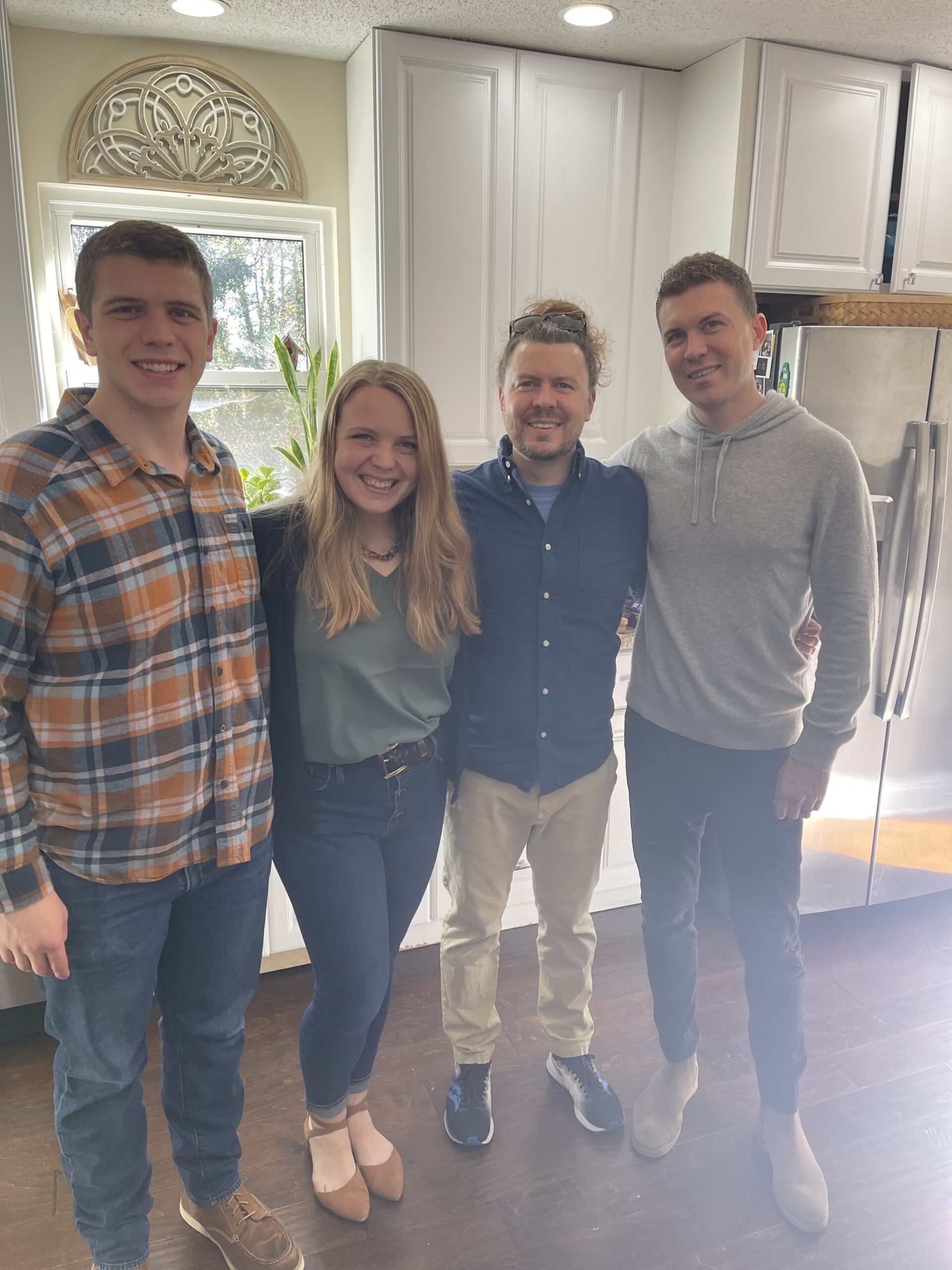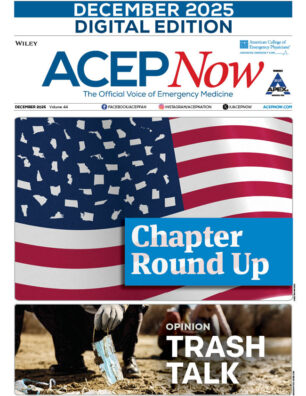Picture this scenario: A 55-year-old Spanish-speaking man presents to your emergency department with wheezing, dyspnea, and fatigue. His English-speaking nephew reports that his uncle hasn’t worked for three days, but that he must return to work in order to stay in the United States.
The patient describes fevers, cough, chest pain, and leg swelling. His physical examination reveals mildly increased work of breathing, with mild tachypnea, oxygen saturation of 93 percent, and diffuse expiratory wheezes. You ask if he smokes or has asthma, but the translation leads to a heated exchange between the nephew and uncle, during which the nephew barely allows the uncle to speak. You let this slide, assuming perhaps the patient is a smoker despite family wishes. You order a chest X-ray, nebulized albuterol, and oral prednisone. Discharge with inhaler and prednisone prescriptions is anticipated, provided he improves.
The chest X-ray is negative. After completing 3 nebs, your patient’s wheezing has significantly decreased and the nephew reports subjective improvement. You provide them with prescriptions, review proper inhaler use, counsel the patient about smoking cessation through the nephew, and recommend prompt follow-up. The nephew thanks you and turns to leave. The patient interjects in Spanish, but the nephew responds tersely, brusquely grabs his arm, and leads him toward the exit.
The nurse, who understands some Spanish, tells you that the patient asked about his fatigue and weight loss, but the nephew told him to get back to work. As they depart, you notice for the first time that your patient is wearing a loose, fully buttoned-up long-sleeved shirt and baggy pants, which seem warm for the summer. In that moment, you’re summoned for a new patient—off you go.
A Second Look
The patient subsequently returns alone, and, through a medical interpretive service, reports worsening symptoms and expresses fear for his safety and for that of his family back home. He has been identified as a labor trafficking victim, toiling 12-hour days in the agricultural industry without compensation to “pay off” the cost of having been brought to the United States, despite having paid the recruiter in his country for job placement, a work visa, and travel costs. The purported “nephew” had, in fact, been trafficked himself and had worked his way up to foreman, in charge of keeping new workers in line. The oversized clothing he wore concealed signs of physical abuse and weight loss from restricted food access.
Pages: 1 2 3 | Single Page




No Responses to “Bring Awareness of Human Trafficking to Your Emergency Department”